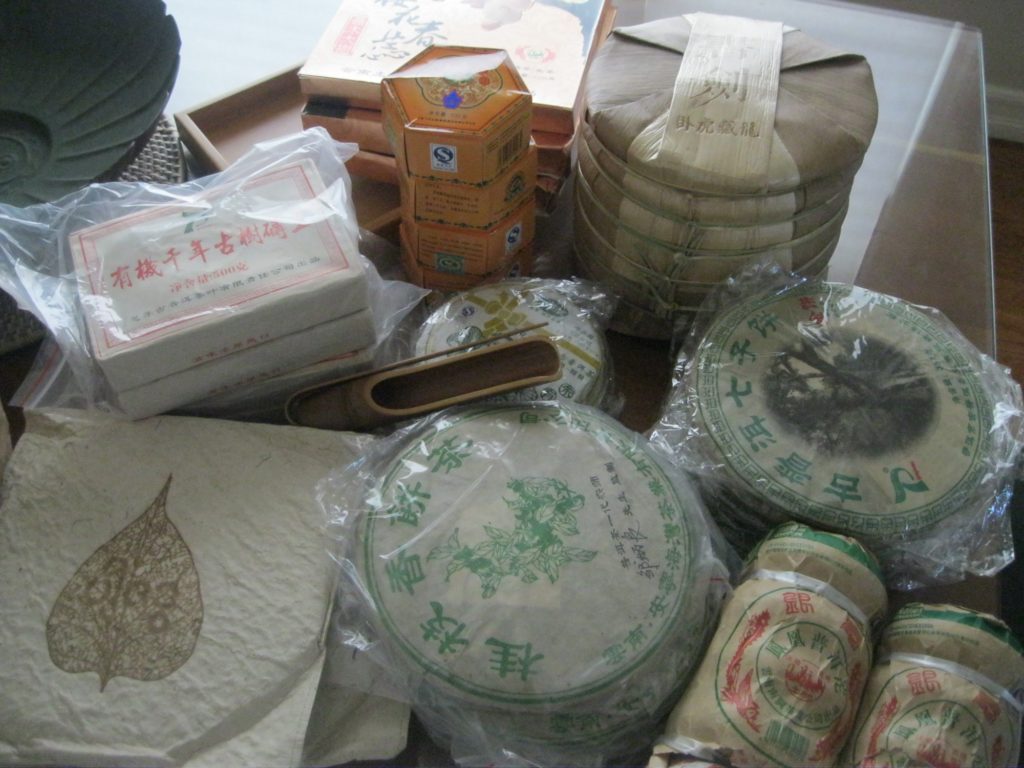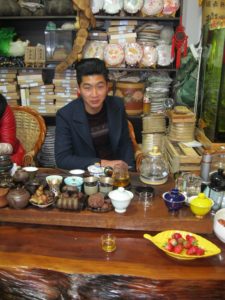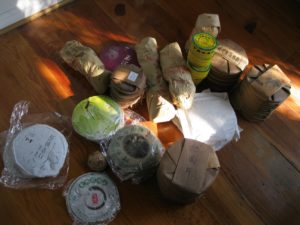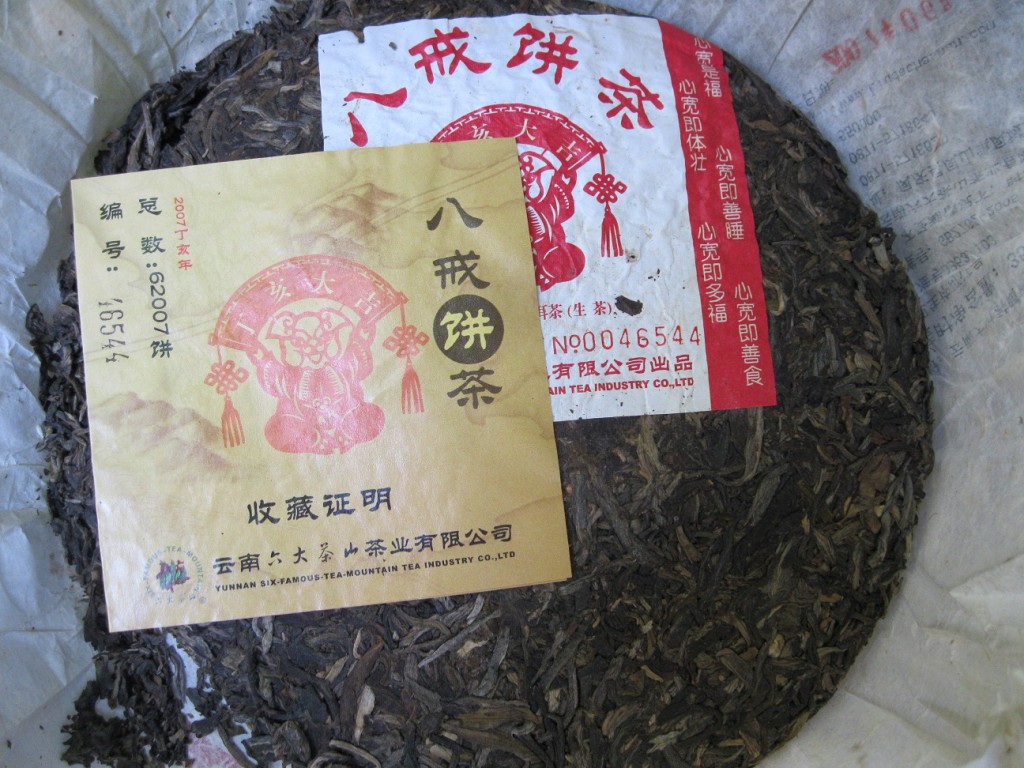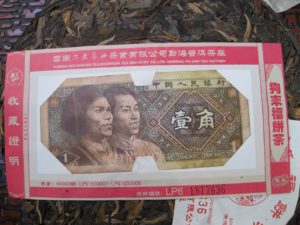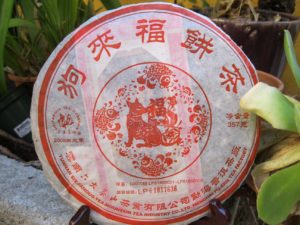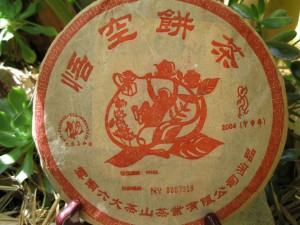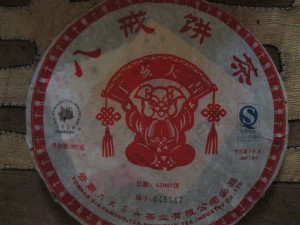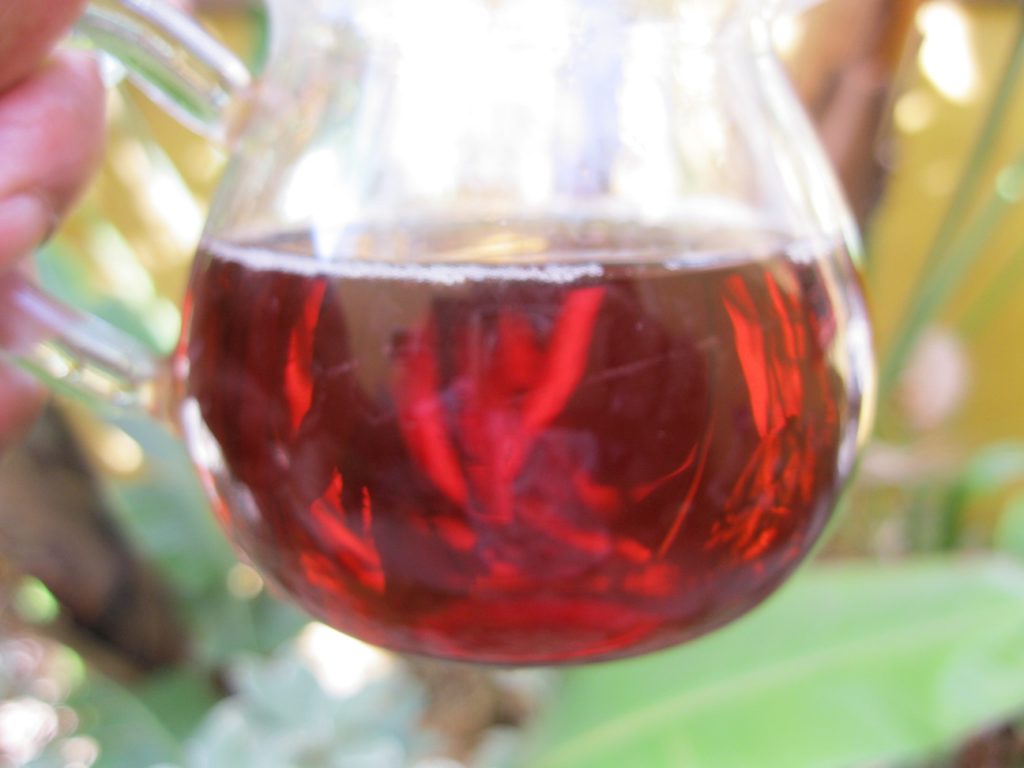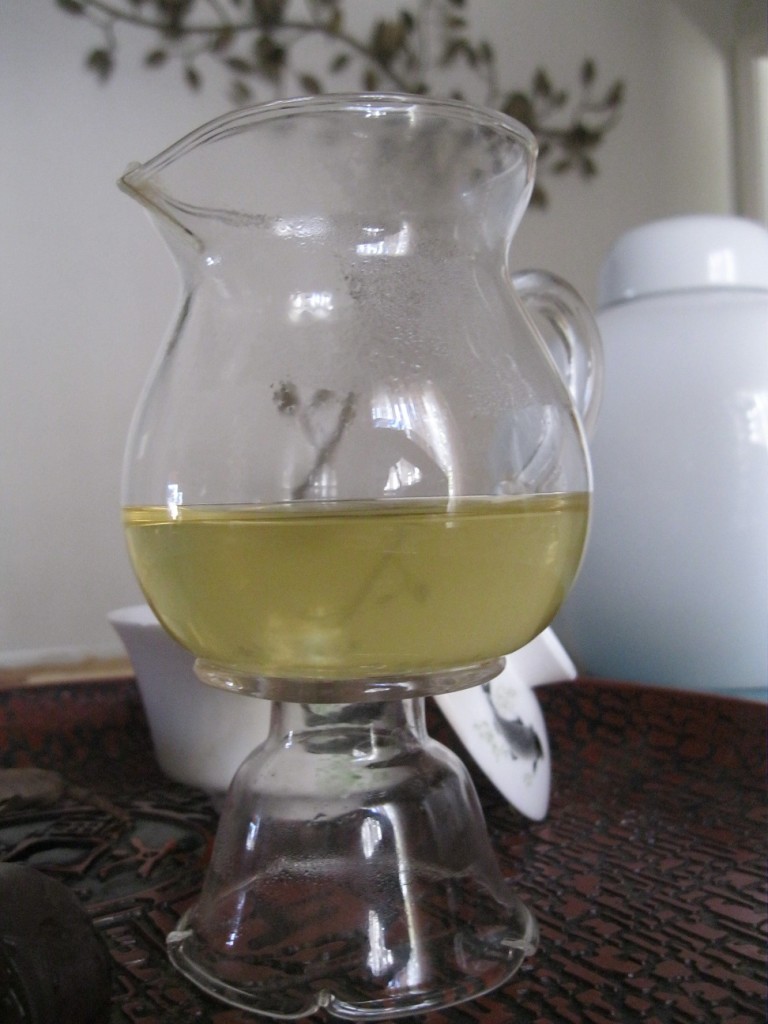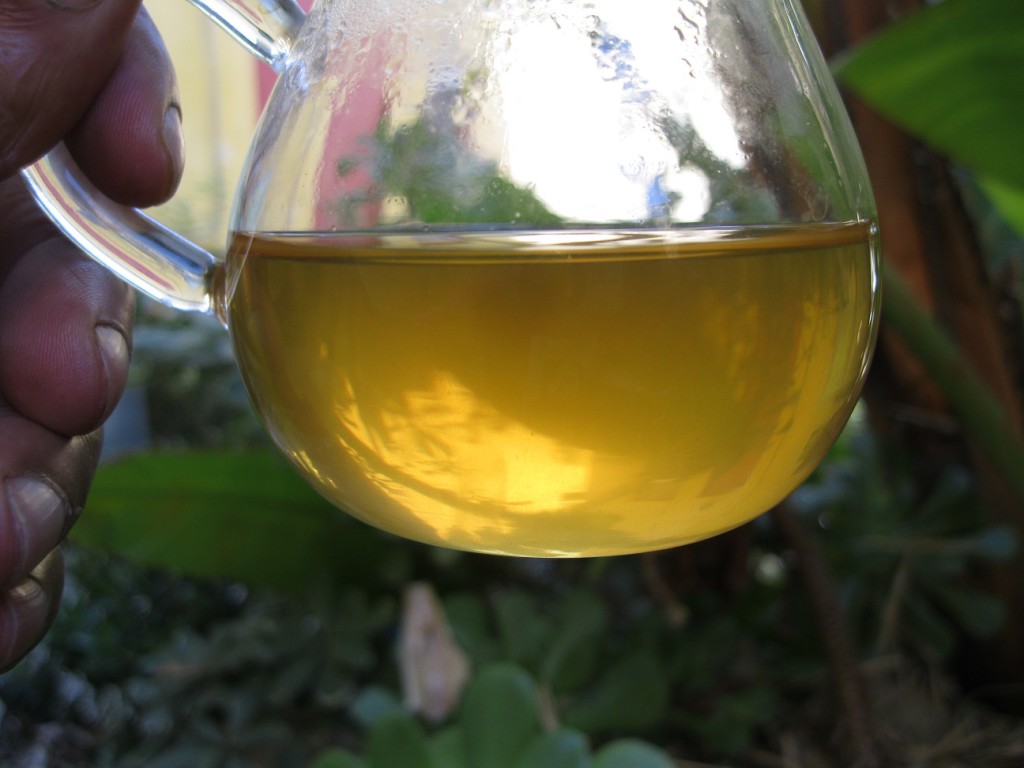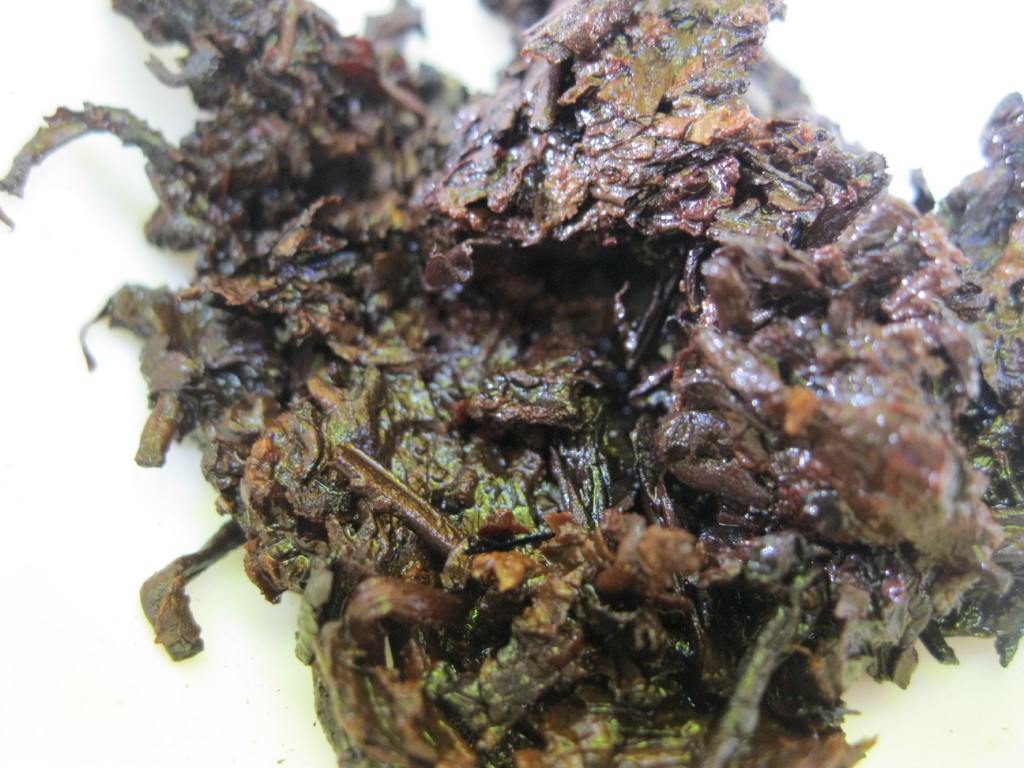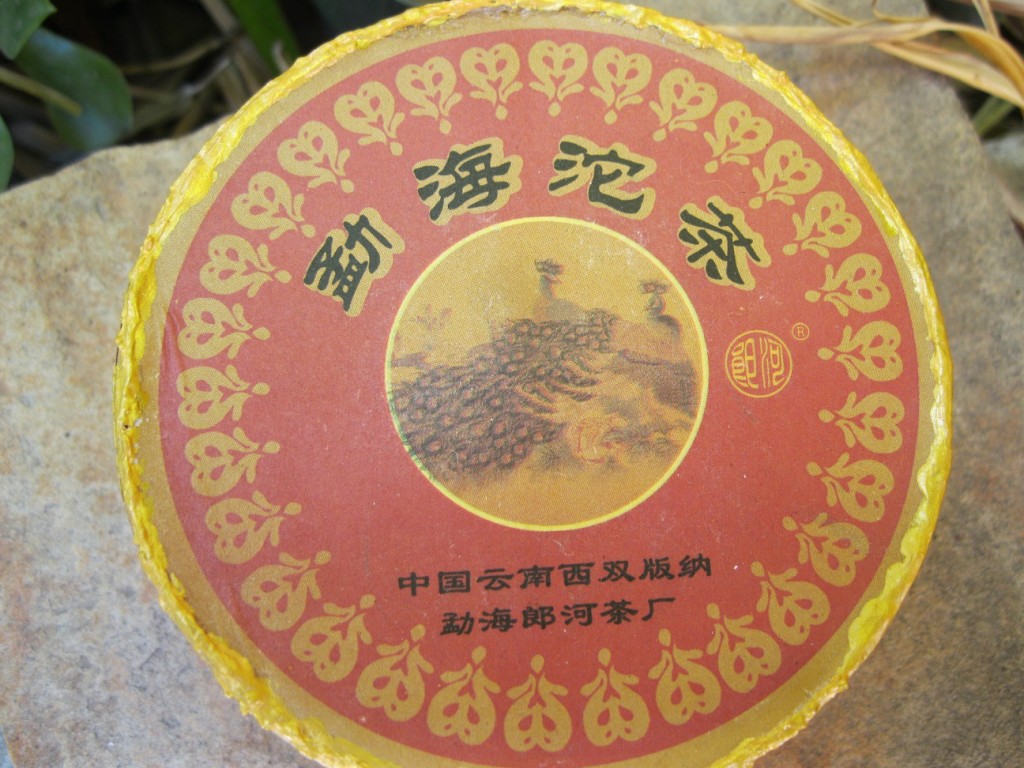Latest 19年 中秋: Puerh Hoarding
Many people write upon “puerh hoarding.” Let me join the fray. Most of these items will be available eventually, but they’ll have to sit for a year or so and by then I’ll have pretty much forgotten about them. Thence, this is more or less a logging the reason for Chinese characters in the title.
Today I got three Du Qiong-zhi’s ’03 7542 from a different vendor from the first. At first blush, I don’t like the storage as much. I’m apprehensive, as the other, Guandong, was offensive but in the right wet storage way. This one not so much. I don’t think after the dank wears off that it will have as much life to the leaves. I have a Mengku Rongshi Daxue Shan from ’06 that strikes me as being quite similar. A Simao ’03 7542 struck me as being quite similar, but seems to have been fearsome enough to overcome its storage. The Du Qiong-zhi is definitely fierce.
Since I try to keep attuned with ripes, I was curious whether the ’06 Langhe Tuo of 250g was as good as the 100g offering of the same name but the latter with the magnificent peacock and an individually packaged round box. As an admission, the peacock box offering was under Guandong conditions. The 250g offering has been under Kunming conditions. There’s little comparison at this juncture. Time will tell, but for the record the peacock box is one of the best finds in the stash. I will say, however, that there’s still the crystal clarity and beauty in the 250g. Look for updates.
I had the ’09 Gongting for fully two years before I could make a pronouncement about it’s value. When I could, I tracked it down. I got it when I was in Kunming back in ’17. These have been dry and very tidily stored. I’m impressed. I know it will be repulsive now, but at least not because of its storage. Besides, I already know what it is and its damn good.
I have a vendor whose taste and storage I trust, so I bought a tong of an Yiwu from ’03. They have a high regard for the gentility of YPH and I broke my cherry on the Dahongyin from ’99 or so with them. I’m still sitting on that. When I first got it, it was mellow enough. Now it has some manner of explosive dankness, even under moderate storage. I’m thinking. The Yiwu changed in a matter of four days, from good enough to a lively, minerally, humid-stored promise. I’ve got their ’03 YPH 200g tuo, which is exquisite. The YPH mo is decidedly Zen and floral. They’re not as evasive as Manzhuan productions but close.
Yesterday, I gave a patient a 7g sample of the ’11 Fruit Monster by GPH. I sampled it as well on my own. It’s not nearly as smoky and the fruit notes didn’t jump either. However, the patient reported to me that she noticed the fruit notes, entirely unsolicited. GPH is short for GuPuer, which is the new name for the Simao TF, one of the classic numbered factories. Let’s say #5, maybe #7. It’s one of the factories that I find interesting enough to follow. Their ’05 Organic Brick is capturing my fancy presently. Shared it today with a patient who like it over a ripe that I was quite enamoured with.
Made my first Haiwan/Laotongzhi purchase. I got it because it has the tea master’s signature on it, Zou Bing-liang. It’s also purported to have the cinnamon vibe. I’ve tasted it a couple times. It’s from ’06 and still needs a spell, no particularly negative views, rather fruity. I only have one of these avail. Storage is inoffensive, on the dry side. I’ve no cause to be anything other than optimistic, though it is mighty dry.
The octagonally shaped ’10 Nanzhao by Xiaguan is stupid good, but it takes much punishment to get there. It has this horrible dank that makes it undrinkable before its ready. Many XG productions have this. It’s not smoky like others, just putrid. Then it blossoms into its extravagance. I’m not selling this not because I’m hoarding, but because storage is crucial to proper appreciation. The ’08 Gift Box has the same name. I don’t think they’re the exact same. In any case, I’ve been cooking in LA storage since ’16.
Puerh Study, Not Hoarding
Though there is a tendency among some to hoard, puerh seems more to be a study. Given its variability, the study requires suspending judgement to, as someone else noted, “understand the leaves on their own terms.” Once those terms are understood and appreciated, it makes sense to want to acquire more. That seems more like collecting than hoarding, the latter being indiscriminate in nature.

